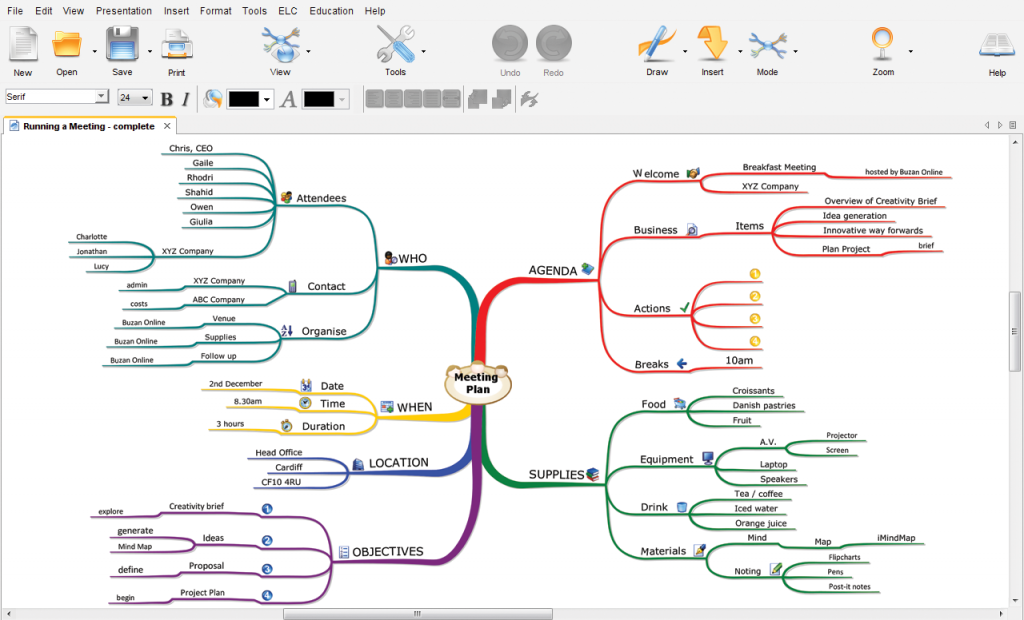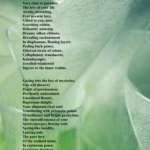Or does it?
This picture was taken directly above the camels in the desert at sunset.
It is considered one of the best pictures of its year.
The camels are the whitish flecks.
The black camel shapes are the shadows!
The black camel shapes are the shadows!
(with thanks to Emmanuel Elliott for sending this through)
So I’m prompted here to wonder about how we see and interpret things, and the meaning we make from them – the shadows in this photograph are bigger, bolder, capture the attention and look as if they represent reality, as if they are the camels. Then we discover that the real camels are the tiny spots of light, overshadowed by their shadows. It’s like an optical illusion, and reminds me of The Allegory of the Cave in Plato’s best-known work, The Republic.
How often are we afraid of what is really only a shadow, a trick of the light? Something we avoid or don’t do because we mis-perceive a monster lurking, a large object in the way, when the reality is a spot of light?
How often are we seduced by the outer, louder, more obvious in our lives, and therefore miss the subtle, the sensitive, that which requires us to go deeper and reflect, or take an uncommon perspective and see value and beauty in the less familiar? So much depends on the way we look at things – can we walk around our own thoughts, our biases and long-held opinions and beliefs, and find greater value than we have previously dreamt?
Like the optical illusion books popular a few years ago, which reveal a hidden image when you view them in a certain way, our world can reward us with fresh ideas and possibilities if we take the time to shift our position, reconsider our point of view and see things differently.
See what you can find in this picture:










